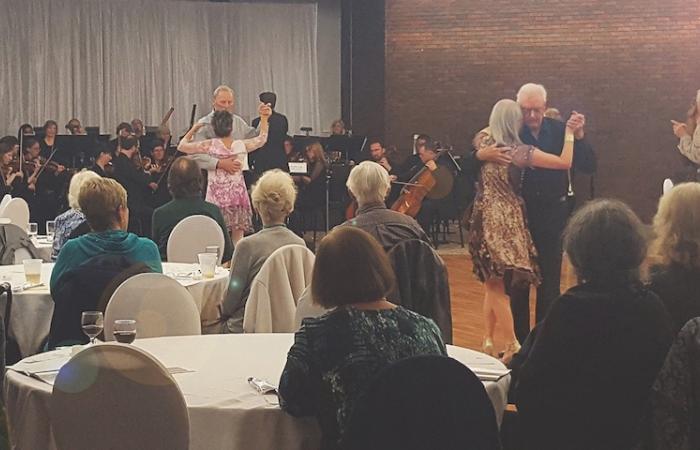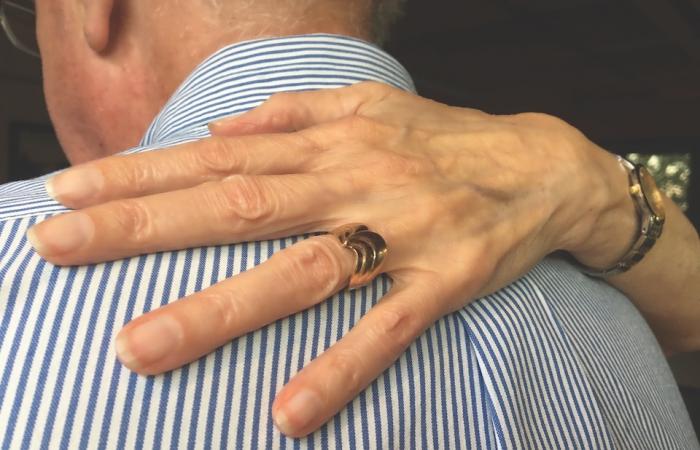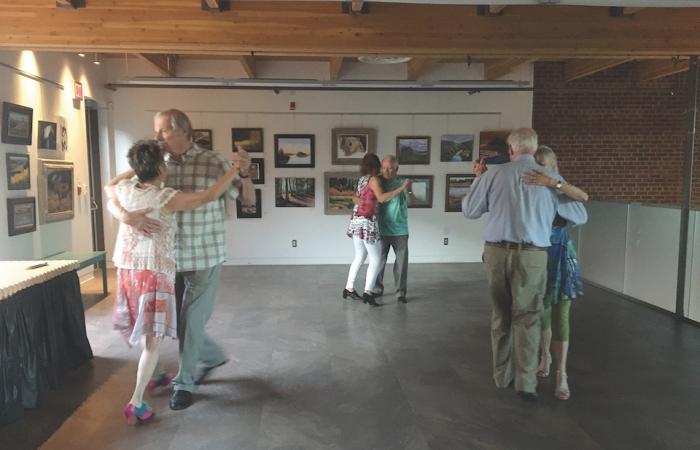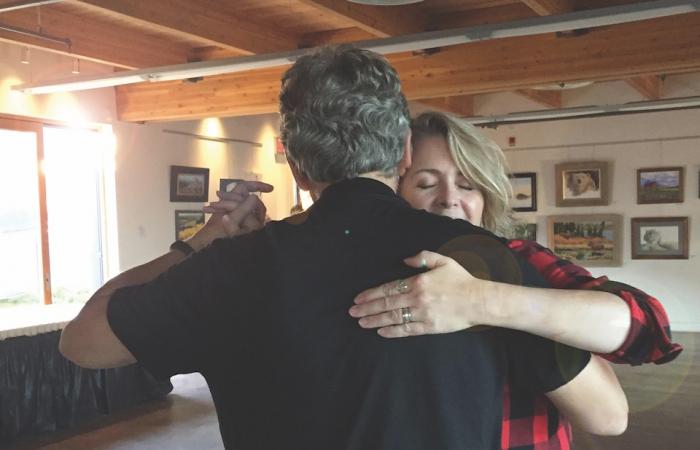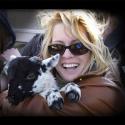There’s something magical about a tango. It’s different than other dance forms, and far more complex than a series of learned steps. But Argentine Tango is different still, with improvisation as important as intimacy, an embracing of wistful nostalgia, telling stories of lost love and days gone by. When a pair steps onto the floor in Argentine Tango, all eyes turn, all breath ceases, and the world shrinks to the twist of a heel and the brush of a finger.
Tango. I touch, in Latin. I play.
Argentine Tango evolved in the turn of the century working class neighbourhoods of Buenos Aries, Argentina, and Montevideo, Uruguay. It has slowly charmed its way across the globe, gradually making its way to the shores of Lake Superior. Tango North is a self-admitted ‘ragtag group’ who dance for the sheer joy of it. There are no ‘course instructors’, for tango is an intuitive dance form, and while they often bring in high-level international dancers for lessons and workshops, they are their own best, strictest teachers.
“We dance to seduce ourselves. To fall in love with ourselves. When we dance with another, we manifest the very thing we love about ourselves so that they may see it and love us too.” Kamand Kojouri
“It’s a very intimate art form,” says dancer Susan as she takes me onto the dance floor. “You have to pay attention. You have to listen to your partner’s body. Every action causes a reaction. He does this –” She steps toward me. “And you do this—” She steps around my foot. “Or this—” She slips her foot to the side. “Or this—” She slides her toe up my ankle. “His next step is dependant on your last step. You never know where it’s going to lead.”
Wayne grins. “It’s a dance between the music, the brain and the bodies. You try to do whatever the music is asking, you’re both listening to the music, and when you think to do the same thing, its priceless. That’s the connection.”
“It’s about being in the moment, with the music; and responding to your partner, and the particular feeling and momentum in her body in any one moment. It’s a very concentrated thing; you can’t think about anything else while you are doing it. If you try to hold a conversation, it just kind of falls apart.” –― Alan Lee
Which explains why I’m such a terrible dancer. I think too much and find it hard to stop the spinning of ideas through my head. And while I’ve always thought of myself as an able reader of body language, Argentine Tango takes that reading to another level entirely. In fact, almost to a completely different plane.
“Your body talks in Argentine Tango,” says Victor. “When you’re in sync with a partner, you flow together as one person. You readjust your body movements. Your breathing becomes deeper. Your knees become stronger. Your posture becomes better. It actually made me taller!”
Many of the dancers in the group got their start in Ballroom dancing but Raija never danced at all until five years ago. I asked her how it felt to step onto the floor with absolutely no experience.
“I was like a bird coming out of a cage,” she says with a huge smile. “I was so free. A lot of people want to dance but their partner isn’t ready or interested. Here, you don’t need a partner. It’s a very social form of dance.”
“It’s hard to explain,” says Jane. “Once you are wrapped in it, it draws you in more and more…”
While there are very few rules in Argentine Tango, there is a form of etiquette called códigos that is all about the music, the partner and the respect that is accorded to both.
“Getting to the floor has rules!” laughs Brian, who has been dancing for 7 years. “There’s a very codified dance context. If we went to a milongo (social dance) in Buenos Aires, you’d see a section in the room that was all men, and another all women. A man would send a signal to a woman – he might smile, nod his head, try to catch her eye. That is him asking ‘would you like to dance?’ If she did, she’d nod, he’d cross the room and take her onto the floor. If not, she’d look away, and that would be it. No rejection; no hurt feelings. It’s not like that.”
“There’s a saying that tango is a ‘sad thought danced.’ But that’s only part of it. It’s touching the sadness in you, the pain, yes--but also the joy, the humor, the everything life has. It’s touching everything.”
Jennifer Vandever, American Tango
Ted refuses to answer questions. Rather, he asks me questions, deep questions of life and death and emotion and fate, clearly aimed at taking me to the heart and soul of the dance. Sadness, melancholy, hope, the struggle for art and beauty in a world of loss. Am I ready? He gives me the look. I nod, and we head onto the floor.
And it’s all about the connection.
“Tango is a truth drug. It lays bare your problems and your complexes, but also the strengths you hide from others so as not to vex them. It shows what a couple can be for each other, how they can listen to each other. People who only want to listen to themselves will hate tango.”
Nina George, The Little Paris Bookshop
I listen, and I think I love the tango.
Tango North meets every Wednesday at 6:30 pm at the Baggage Building Arts Centre. For more information, check out Tango North on Facebook.

